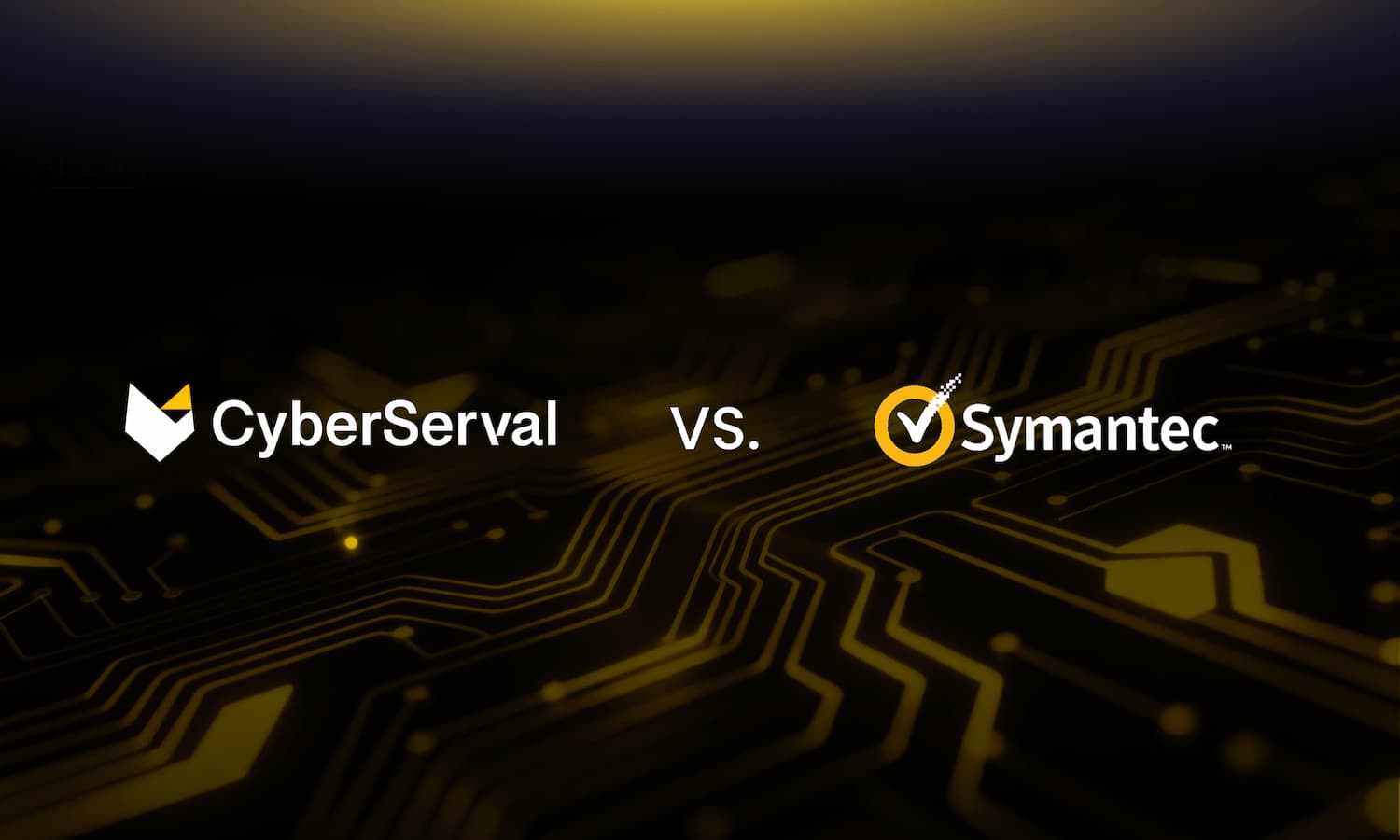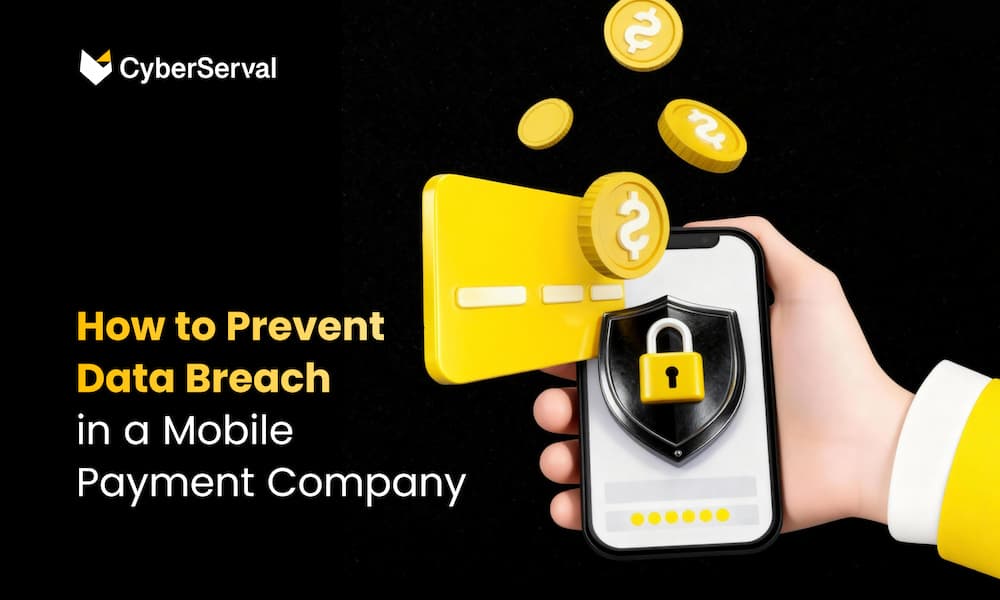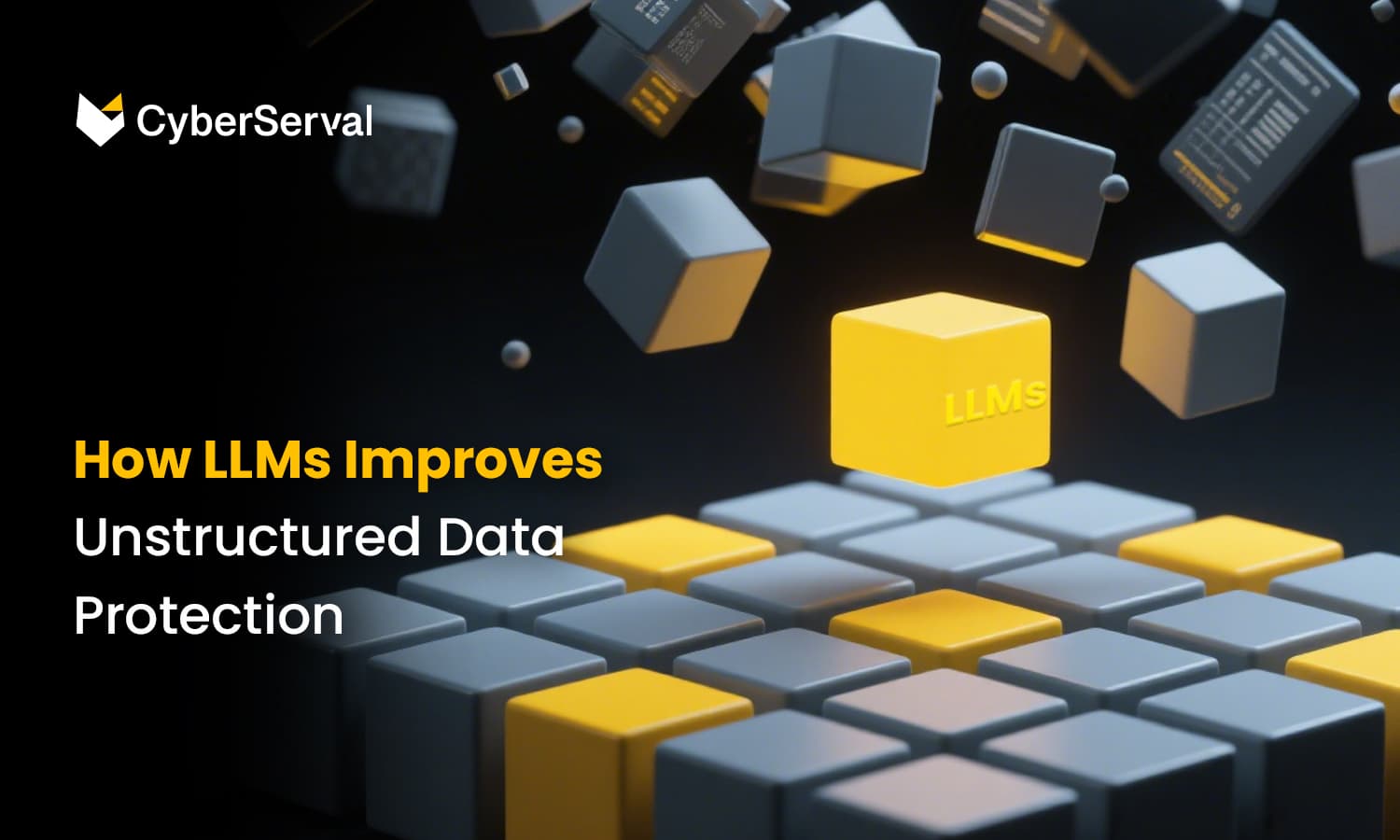
04 / E-commerce
Website Cyber Security and Data Privacy
E-commerce Website Cyber Security and Data Privacy
Endpoint devices in the e-commerce industry are generally interconnected with the Internet, which, while facilitating business operations, also poses a significant risk of data leakage. Once user personal information, product information, and code files are leaked, it is not just a security incident for e-commerce companies, but a direct threat to their business, brand, and regulatory compliance.
E-commerce Data Security Threat Types
The dangers of customer personal information leaks
Includes names, phone numbers, email addresses, shipping addresses, payment information, etc. Main impacts:
- Financial losses and fraud risks: Hackers can use the information for fraud, identity theft, and credit card fraud, causing direct losses to customers.
- Legal and compliance penalties: Violations of data protection regulations such as GDPR, CCPA, and PIPL may result in heavy fines (GDPR fines can reach 4% of global turnover).
- Damage to brand reputation: Decreased customer trust, increased churn rates, and soaring customer acquisition costs.
- Class-action lawsuits and compensation pressures: Affected customers may file class-action lawsuits, increasing legal costs.
The Risks of Product Information Leaks
Including unannounced product designs, pricing strategies, supply chain information, inventory data, etc.
Key impacts:
- Theft of competitive intelligence: Competitors may gain advance knowledge of new product features or pricing, undermining market launch advantages.
- Counterfeit product risks: Leaked supply chain or manufacturing information enables counterfeiters to produce imitations in advance, damaging brand image and sales.
- Disruption of marketing and promotional strategies: Early exposure of pricing or inventory plans renders promotional activities ineffective or leads to inventory buildup.
- Damaged supply chain relationships: Leaked partner confidential information may affect long-term cooperation and negotiation positions.
Risks of source code and technical document leaks
Includes core code of e-commerce platforms, API keys, algorithm models, deployment scripts, etc.
Main impacts:
- Systems exploited or attacked: Hackers can analyze code to find vulnerabilities, bypass security mechanisms, or even inject malicious functions.
- Loss of intellectual property: Exclusive algorithms and functional modules may be copied or sold, weakening technical barriers.
- Misuse of API keys and backend access: Direct access to databases, order systems, or payment interfaces may lead to further data breaches and economic losses.
- Risk of business disruption: Tampering with or malicious use of core technology may cause platform outages or transaction disruptions.
CyberServal DDR for E-commerce Data Security Solutions
Data leakage through external code repositories, instant messaging, cloud storage, USB drives, etc.
DDR can control external transmission channels such as WeChat and cloud storage to prevent data leakage. For code repositories, it can restrict local code files to be uploaded only to internal code repositories and prohibit transmission to external code repositories.

User personal data exported from e-commerce platforms or internal systems may be leaked through IM, cloud storage, USB drives, etc.
DDR can not only control external transmission channels but also judge based on file sources. For example, it can monitor data downloaded from e-commerce platforms and take corresponding control actions.

Data mismatch with job roles, such as business department terminals storing large amounts of code files
DDR can perform a full-disk scan of terminal data to assess the storage status of terminal data without user awareness.

Departing employees taking core data, causing losses to the company
DDR can use tagging functionality to mark these laid-off employees and comprehensively monitor their file transmission activities. Regardless of the channel used for file transmission, DDR can perform audits, block transmissions, and take other actions to protect the company's data security.






